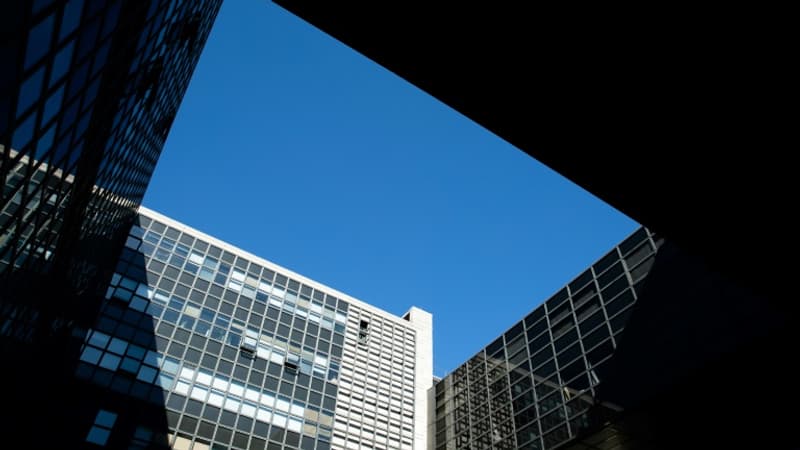Created to help French companies cope with the difficulties created by the health crisis, the Loan guaranteed (up to 90%) by the State (PGE) was due to stop at the end of December 2021. But the possibility of profit has been extended until the end of June 2022. And now, what will happen?
The PGE, whose total outstanding balance is, according to the latest figures reported, 139,510 million euros, was set up to meet the requests of 883,000 companies with a very low denial rate of 2.9% of the quota of banks, according to the Federation of French banks.
Compte tenu des conditions de remboursement étalées sur plusieurs années, in spite of the possibility offered of a décalage d’une année supplémentaire (which is requested by 57% of the beneficiaries), a quart seulement des encours du PGE to été remboursé à ce stadium.
However, today the signs of deterioration in the financial situation of companies are multiplying. Insolvencies increased 26.5% year-on-year in August, after jumping 24.1% in July. And if 15% of the beneficiary VSE-SMEs have already paid their PGE in full or intend to do so by the end of 2022, 78% of them think of amortizing it in several years and 7% fear not being able to repay it, according to the barometer Bpifrance Le Lab and Rexecode of the third quarter.
A puzzle for Bercy
For now, the PGE default rate estimated for the first half by the Banque de France remains relatively low at 3.1% and, in its 2023 budget, Bercy has only foreseen guarantee call disbursements worth 1,895 million euros. . However, in the current context, settling the episode of the PGE could well seem, for the State, a real headache.
In fact, launched to face a strongly recessive context, or simply the cessation of activity in certain sectors, created by the health crisis, therefore, to compensate for a loss of profits for companies, the PGE could not be refunded in good condition. by the latter only if the recessive episode was followed by exactly compensatory growth. Otherwise, the PGE is just an additional burden for the companies. A burden that is all the more penalizing since, in many sectors -particularly catering-, this compensatory growth is far from having occurred.
It is true that spreading the repayments over several years softens this burden. But another inflationary episode was not expected to follow, which would probably trigger a new recession in its turn!
Should we, therefore, in this new context, erase the debt of companies linked to the PGE? It would be very delicate, except to create real unexpected effects for some, since a certain number have already paid their PGE and to the extent that all are not exposed to the same difficulties.
Decisive public support for access to credit?
In a recent study, OFCE SciencesPo claims to have found no “zombification effect” related to PGE. In other words, government support has not disproportionately benefited the least productive companies. For now though, we need to add. However, we note that, thanks to the PGE, the financing of French companies is today guaranteed by more than 10% by the State, which provides them with a cash reserve, since only a little more than half of the companies Beneficiaries (57%) have used most or all of their PGE, which, over the last two years, has boosted their access to bank loans, particularly in the case of VSEs/SMEs. This is illustrated by the following table of all financing in September 2022, published by the Banque de France:
Under these conditions, and although it is questionable whether the PGE system will not be extended in one way or another if the current energy and inflationary difficulties persist and worsen, the question is whether the benefit of public support will not be more and more, for the companies. , a determining condition for access to bank credit. This would place the state in a lasting role of financial arbiter that is not at all its own.
Source: BFM TV


